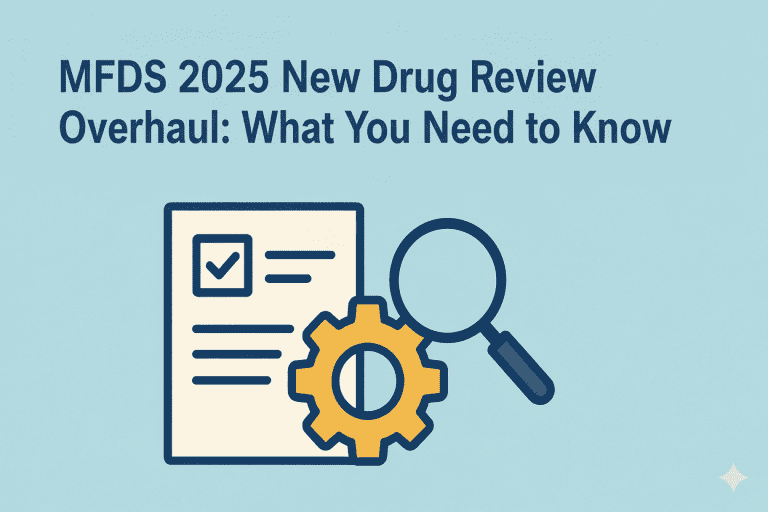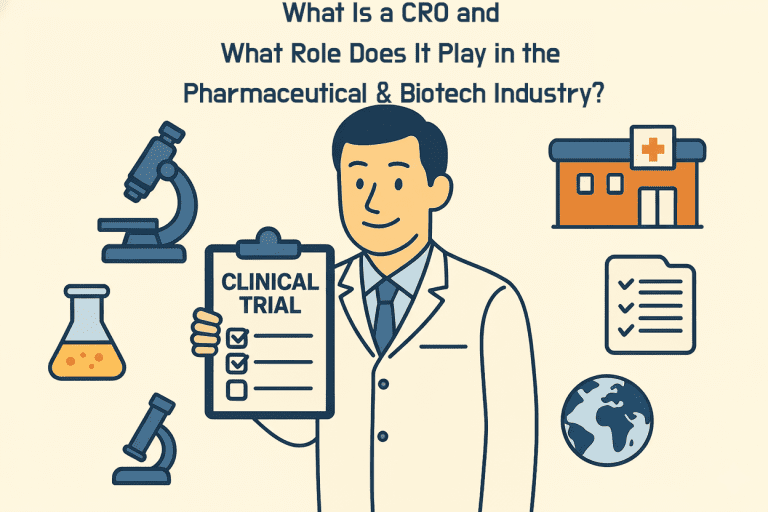If you’ve heard even a little about clinical trials, you’ve likely come across the terms “CRA” and “CRC.” However, it can be confusing to understand exactly what these roles entail and how they differ. This article will explain the differences between CRA and CRC in a way that’s easy for anyone to grasp. This is valuable information for anyone preparing for or interested in clinical trials!
1. Who Are CRA and CRC?
| Category | CRA | CRC | Description |
| Affiliation | CRO or Pharma Company | Hospital (Trial Site) | CRA is affiliated with an external organization, CRC with the hospital |
| Work Location | External, On-site Visits | Hospital-Based | CRA visits multiple hospitals, CRC stays at the hospital |
| Main Duties | Monitoring, Quality Control, Compliance | Patient Care, Scheduling, Documentation | CRA acts as a supervisor, CRC as an on-site manager |
| Patient Contact | None | Yes | CRC interacts directly with patients |
| Reporting To | Sponsor, Regulatory Authorities | CRA, Hospital Researchers | CRA reports externally, CRC internally |
2. Main Duties of a CRA
- Visiting hospitals to check the storage conditions of investigational drugs
- Verifying patient enrollment and consent form completion
- Reviewing documents for omissions or errors and preparing reports
- Liaising with sponsors and regulatory authorities
- Ensuring compliance with regulations (e.g., GCP) and providing feedback
- Conducting quality assurance (QA) and preparing monitoring reports
3. Main Duties of a CRC
- Explaining clinical trials to patients and obtaining consent forms
- Managing drug administration schedules and booking tests
- Preparing documents for CRA visits
- Collaborating with hospital doctors, nurses, and administrative staff
- Coordinating trial schedules and entering data
- Reporting and addressing adverse events as they occur
4. Qualification and Skill Comparison
| Category | CRA | CRC |
| Education | Pharmacy, Life Sciences, Nursing, etc. | Nursing, Clinical Pathology, etc. |
| Required Skills | Regulatory knowledge, document review, communication | Patient interaction, scheduling, teamwork |
| Certifications | CRA Training Certificate, GCP Training | CRC Training Certificate, GCP Training |
5. Understanding Through a Metaphor: A Film Set?
- CRA as a Director: A CRA is like a director overseeing a film set from the outside. For instance, they ensure the shoot follows the plan, actors adhere to the script, and equipment is used safely. They don’t manage the set directly but are responsible for overall quality and regulatory compliance through monitoring.
- CRC as an On-Site Manager: A CRC is akin to an on-site manager handling actors and crew directly. They adjust actor schedules, prepare equipment, and resolve issues during filming. They also document all activities and provide necessary information to the director (CRA). The manager collaborates with various departments to ensure smooth operations.
- CRA and CRC Collaboration: Just as a director and manager work together in filmmaking, CRA and CRC collaborate in clinical trials. The CRA oversees quality and compliance, while the CRC manages on-site tasks, and their teamwork is essential for a successful trial.
6. CRA and CRC Collaboration Structure
The CRA reviews documents prepared by the CRC and provides feedback. The CRC incorporates this feedback to improve on-site operations. Together, these roles ensure the quality and patient safety of clinical trials through a collaborative framework.
7. Real-Life Example
Example: Diabetes Treatment Trial
- The CRA visits the hospital to check drug storage conditions and patient enrollment.
- The CRC manages drug administration for patients, coordinates test schedules, and prepares documents requested by the CRA.
✅ Conclusion A CRA is a supervisor, and a CRC is an on-site manager. Without their collaboration, clinical trials cannot proceed effectively. Understanding their roles reveals the precision involved in conducting clinical trials.





